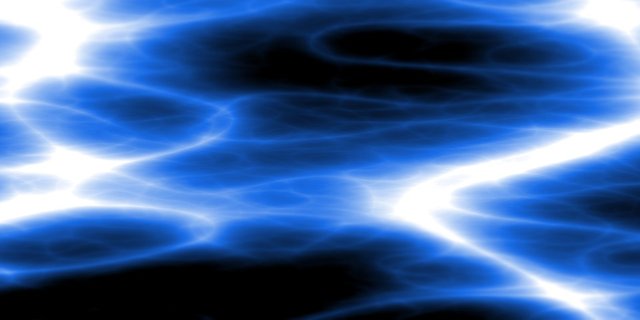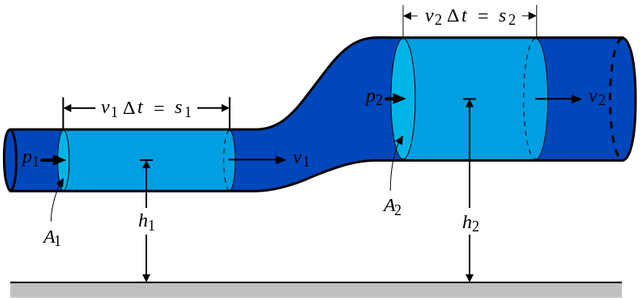The state captures of the matter // Basic Essentials
The plasma
The plasmatic state is considered to be by some scientists the fourth state of the matter. If the change of state takes place for the difference of temperature, the matter happens to plasmatic state on having warmed the sufficient thing when he is in gaseous state.Applied sciences the Ist Written by ANDREA PASTOR, DIONYSIUS ESCOBAR, ESTHER MAYORAL, FRANCISCO RUIZ, Page 197; 2014.
The plasma is the matter in plasmatic state, of which one believes that it is the most abundant state in the universe, in the nature one finds the plasma in the ionosphere, in the beams produced by a thunderstorm, in the northern dawns, etc.
In an artificial way the plasma takes place; for the screens of plasma that is used in the TV sets or in the computers, for the lamps of low consumption, for the efflorescent pipes, etc.
If heat is applied to the solid one or you form others of energy, which could absorb d form and it turns into liquid, then vaporiza turned into gas and finally one detaches some electrons of atoms or molecules of neutrons of the gas, forming a miscellany of ions loaded positively and electrons with negative load, staying the electrical balance of the miscellany neutral. When a significant part of the gas has been ionized, his properties have faltered in a such way that keeps few similarity with other states of the matter, it is for it by which it is considered to be this state of the matter of ionized gas, as the fourth state of the matter and he is named a plasma, them typical of the plasma they are only, since it is the only type of matter, who interacts with it itself with the magnetic and electrical fields, also with his environment.
A basic property of the plasma is his almost electrical neutrality, that is to say the number of negative and positive charges for unit of volume of plasma are practically equal. Any excess of concentration of load produces the appearance of charges produces the appearance of electrostatic, resultant force of the attraction between opposite charges, capable of restoring the balance.
Some of the most important parameters related to a plasma it is the length of Debye, which defines the maximum distance, to which there can exist big differences between the positive charges and denial, it is equal to 69 times to the square root of the reason between the temperature of the electrons and his thickness of volume. This parameter allows a quantitative definition of the plasma.
The frequency of plasma, as well as the length of Debye, provides a measurement of the typical lengths in a plasma, the frequency of plasma (ω p) describes his typical times. It be supposed that in a plasma in balance and without thickness of load there gets a small displacement of all the electrons in a direction. These will feel the attraction of the ions in the opposite direction, will move towards her and will begin to range concerning the original position of balance. The frequency of such an oscillation is what is named a frequency of plasma.
The frequency of plasma of the electrons is:

Where m and it is the mass of the electron and and his load.
A plasma can be made of a laboratory warming a gas to a very high temperature. The violent collisions between the atoms and the molecules give to place to that the atoms and the molecules lead which the atoms dissociate in ions and electrons, a plasma of completely ionized hydrogen, which consists only of a miscellany of electrons and protons, it is the most elementary material aggregation till now well-known, in general the particles of a certain species located in a given point do not have equal speed: they present on the contrary a distribution that in the thermal balance is described by the distribution of Maxwell-Boltzmann. To major temperature, major will be the dispersion of speeds, A measurement of such a dispersion is the speed cuadrática average that, in the balance, is named also a thermal speed, it is frequent, although formally incorrect, to speak also about thermal speed and about temperature in plasmas far from the thermodynamic balance, in such a case, it mentions the temperature that certain average would correspond at a speed cuadrática.
The thermal speed of the electrons is:

it has been anticipated, that more than 99 % of the entire matter of the universe is in state of plasma, that is to say in the shape of ionized gas. All the observed stars, the sun, are even composed by plasma, as well as the interplanetary matter, the interstellar one and the exterior ambience of the planets.
A plasma is a complex miscellany of particles of different types, each of them with a mass and load, in a rapid movement due to his high temperature. The parameter of plasma (Γ), it indicates the average number of particles contained in a sphere which radio is the length of Debye (sphere of Debye).
The definition of plasma, according to which the electromagnetic interaction of a particle, with the multitude of distant particles dominates on the interaction with few next neighbors, can be written in terms of the parameter of plasma as Γ ≫ 1, this is: there is a big number of particles contained in a sphere of Debye. It is common to refer to this inequality as ' condition of plasma '.
Some authors adopt an inverse definition of the parameter of plasma (g = 1 / Γ), with what the condition of plasma turns out to be g ≪ 1.
The parameter of plasma of the electrons is:

The basic properties of a plasma are essentially independent from his chemical properties and they are determined by the laws of conservation of the energy and by the behavior of the electrons. When the plasma is not in balance and contains electrical current, the number of binary shocks between similar particles, which takes place in a sphere of equal radio to the length of Deyes, it defines the frequency of collision, to temperature sufficiently discharges, all the electrons leave the atoms, staying the atomic nuclei completely outlying and I shocked them between these nuclei they can form other nuclei more weighed with emission of energy in the phenomenon of thermonuclear merger, since it happens in the sun and the stars.
The principal practical applications of the plasma, are in phase of development and are principally in the field of the energy, the principal method to generate electrical energy has been the use of diverse sources of heat, for vaporizar liquid water, so that the steam moves the turbogeneradores. A potential source of heat can be a reactor of merger based on a plasma of isotopes of hydrogen, also it is necessary to be considered that to obtain energy of certain types of reactors of merger there has been proposed the so-called generation magnetohidrodinámica (MHD), which allows to overcome the chains heat, steam, mechanical energy and to obtain an electromotive force directly of a current of plasma, which moves perpendicularly to a magnetic field, finally also captures them laser can be applied for the generators of beams and of heat for chemical reactions.
bibliographical Source
Takes shape: four been of the matter by Teresa de los Arcos - 2011.
Chemistry - Page 229 for Andoni Garritz - 1998.
applied Sciences the Ist - Page 197 for ANDREA PASTOR, DIONISIO TO SWEEP, ESTHER FOREMAN - 2014.



